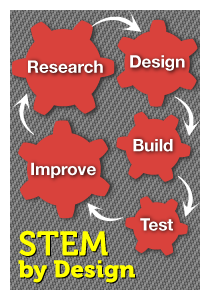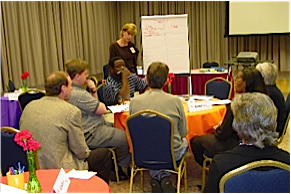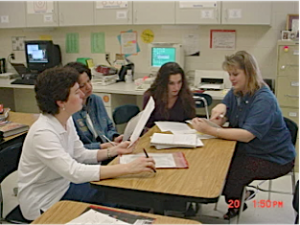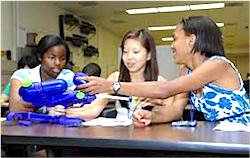How We Can Have a Happy STEM New Year
A MiddleWeb Blog
Happy STEM New Year!
The New Year will likely be here by the time you read this. I hope you’ve had a wonderful and relaxing holiday with lots of food and family laughter!
As I wonder about STEM in the coming year, my thinking begins by rambling through the events of 2013. I reflect on successes and the not-so-successful struggles in my own life, including my work with educators and STEM curriculum.
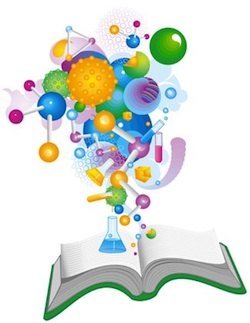
Then my thoughts shift and begin to target 2014 and what I plan to accomplish in the coming year. Many of those thoughts are about those of you who might read this blog – educators and STEM aficionados. I have some wishes for you as well…some hopes as you plan and implement STEM initiatives in your districts, schools, classrooms – for all students – in the 14th (!) year of this challenging and exciting 21st century.
For schools and districts I hope:
- You reach informed consensus on what STEM is for your district or school, and what it should accomplish for your students.
- You find innovative and ongoing ways to inform, train, and engage teachers in teaching STEM.
You are able to begin developing a leadership cadre with skills and knowledge to support and continually spark STEM innovation.
- You find ways to support learning by reorganizing school time to allow students to spend more time and go deeper in STEM subjects.
- You engage parents, the business community, and higher education in meaningful ways.
- You find ways to provide ongoing support and visibility to keep the STEM program at the top of the educational agenda.
For teachers I hope:
- You don’t get discouraged when things don’t go “right.”
- You resolve to tweak STEM lessons so that they accomplish what they need to for your students.
- You continue to increase your skills as a STEM coach and facilitator, and to guide your students to control their own learning.
You grow increasingly successful in using the engineering design process and open-ended questions to foster curiosity and help students solve problems. Your classroom is a “safe” and risk-free environment for students to explore, investigate, and try multiple solutions for problems.
- You find ways to inform parents, as well as business and community members, about STEM and involve them as helpers during STEM lessons.
- You discover ways to reach out and involve faculty colleagues outside your discipline.
- You and other teachers grow in working together as a STEM learning team, and work together to help each other succeed.
For students I hope:
- You realize how subjects like math and science fit together and can use them to help you solve problems.
- You become more curious about real-world problems and possible solutions.
- You enjoy hands-on investigations to get information about problems.
You learn how to work successfully in teams with your classmates, and understand that teamwork can accomplish more than working alone.
- You know that it’s okay if you fail to accomplish something and that you can learn a lot from those failures; then you apply what you learn and turn failures into successes.
- You understand there’s more than one right way to solve a problem.
- You feel that you are learning to do something valuable in your STEM classes.
A STEM teacher’s journey
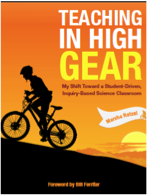
Thank you for your interest in STEM, for reading my blog posts and tweets, and for being willing to make needed changes in education and curriculum to produce successful students and citizens. Happy 2014!

